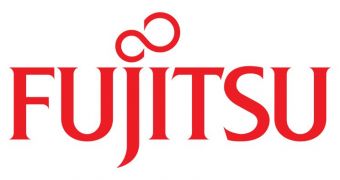There are many ways a company can gain recognition on the IT market, and it looks like Fujitsu's most recent accomplishment was earning the recognition of Network Strategy Partners (now part of ACG Research).
Though it is best known for its many consumer products, Fujitsu, nonetheless, also directly assists service providers with products and technologies.
One of the things it has that makes it stand out is the Ethernet Tag Switching implementation of Connection-Oriented Ethernet (COE).
Apparently, this solution is the first to successfully create metro network infrastructures with Ethernet flexibility and cost benefits while still featuring the security and quality-of-service normally associated with SONET/SDH.
“Since we began integrating Ethernet Tag Switching COE into our award-winning Packet-Optical Networking Platforms, service providers have embraced the technology,” said Ralph Santitoro, Director of Carrier Ethernet Market Development, Fujitsu Network Communications and founding member and director of the Metro Ethernet Forum.
They view using COE as the way to lower operating costs, preserve existing network and OAM investments and migrate towards delivering high performance Ethernet services driving the next generation of communications. We’re gratified to see that the study results mirror the experiences and expectations of our customers.”
Network Strategy Partners studied the effects of Ethernet Tag Switching across six different service provider operation categories and reached the conclusion that the annual operation expense benefit is 32%.
“We found that the Fujitsu Ethernet Tag Switching implementation of COE produces lower OpEx than the MPLS-TP implementation of COE when service providers migrate from a SONET-centric to a packet-centric transport network infrastructure,” said Michael Kennedy, Ph.D., principal analyst for ACG Research.
“In particular, Ethernet Tag Switching goes a long way toward simplifying Operations, Administration and Maintenance (OAM) while incorporating widely-accepted Carrier Ethernet standards. The combination allows transport operations personnel to continue using the procedures and applications they’ve used for years, even as service delivery and transport functions become increasingly packet-based.”

 14 DAY TRIAL //
14 DAY TRIAL //